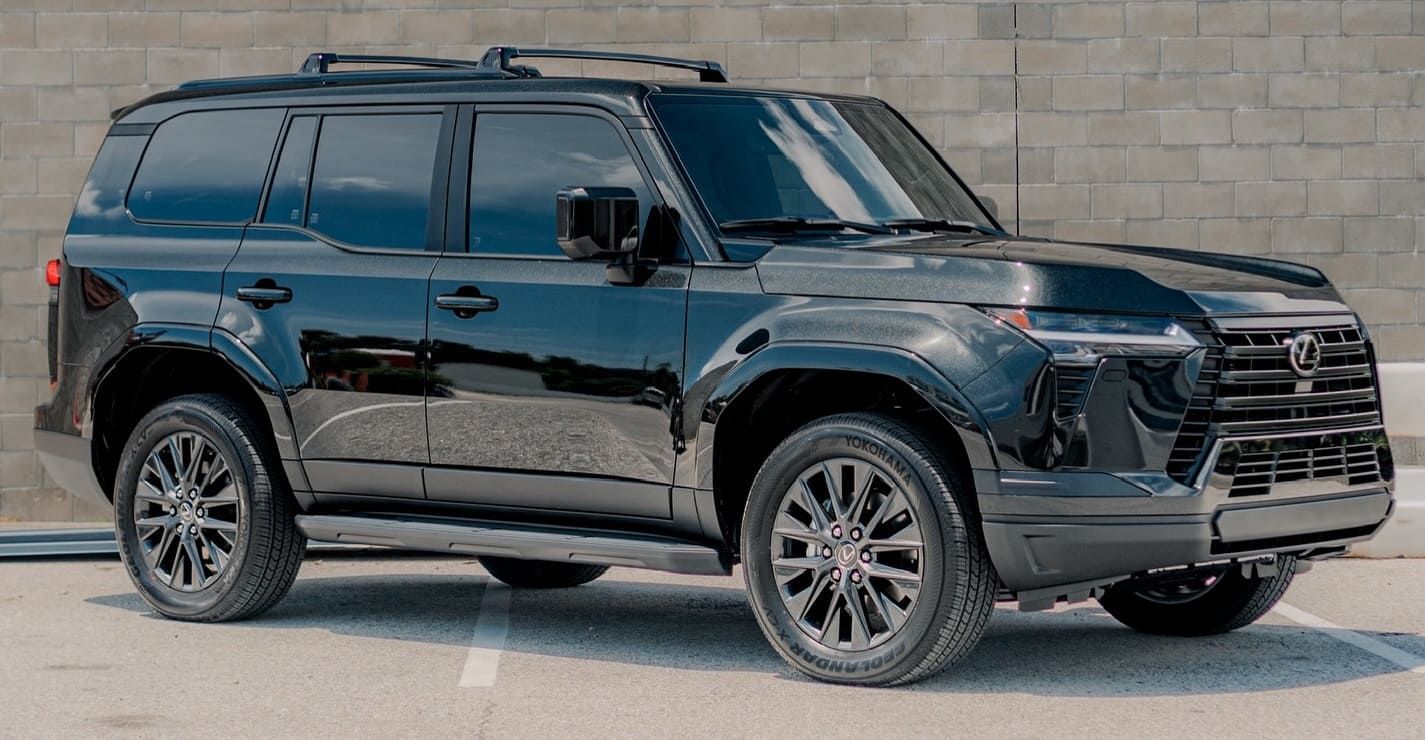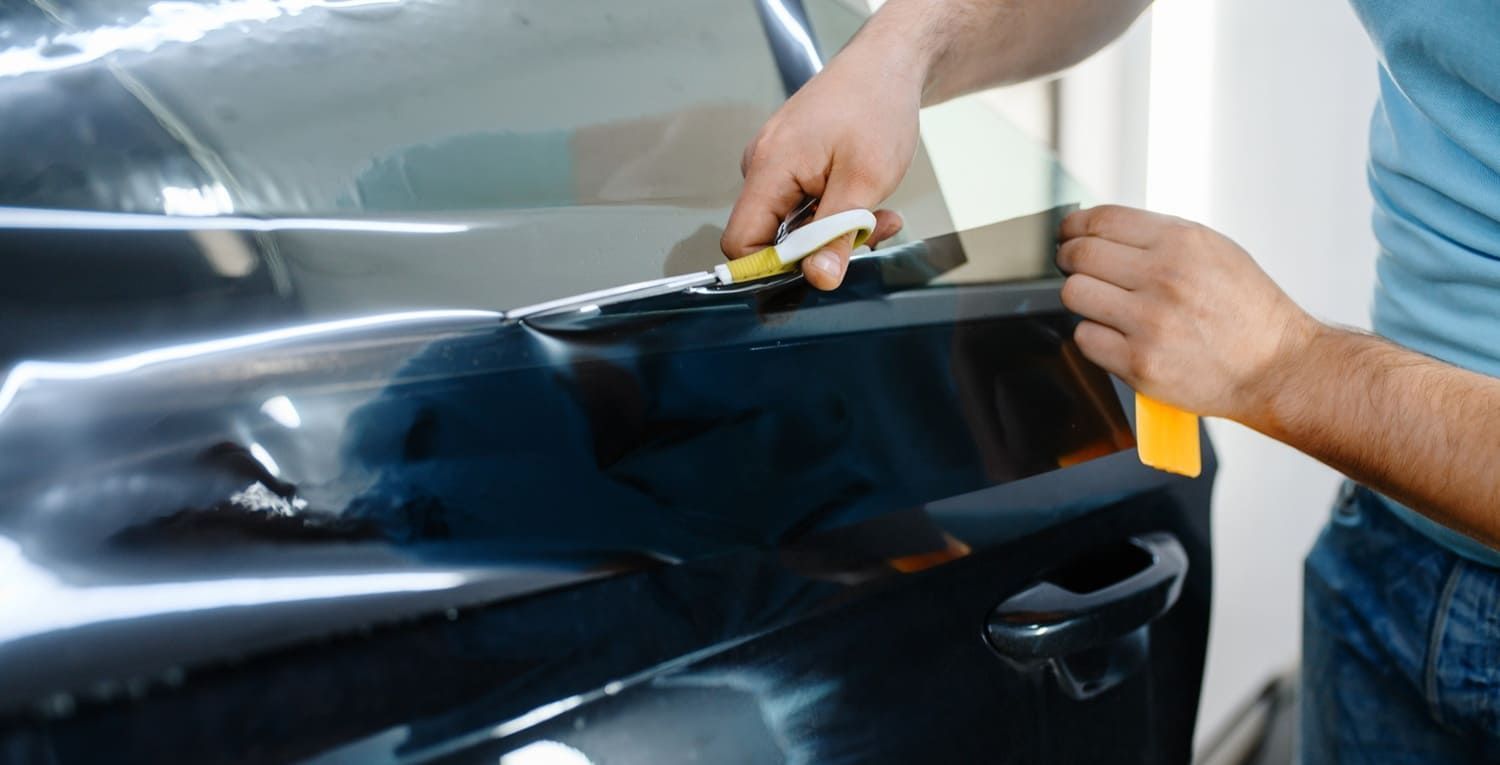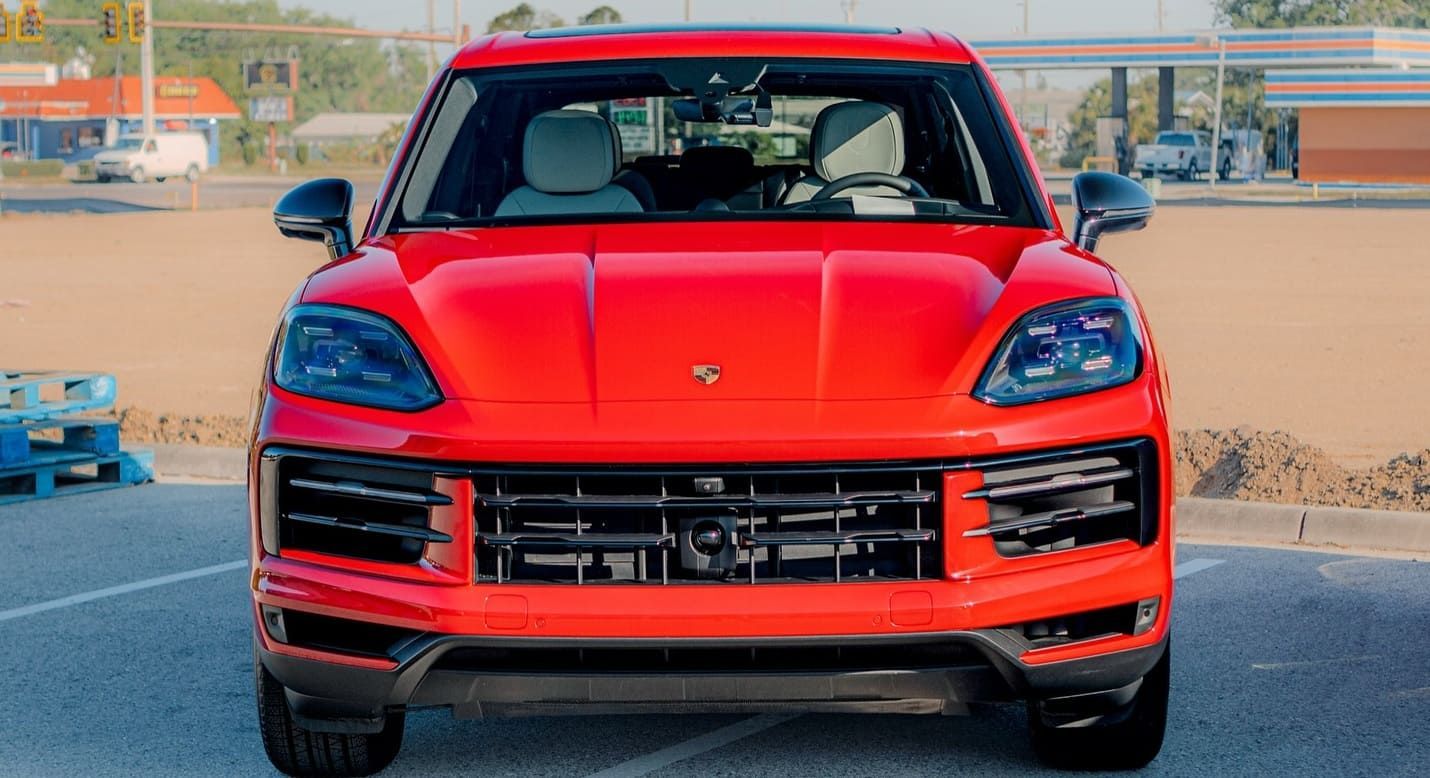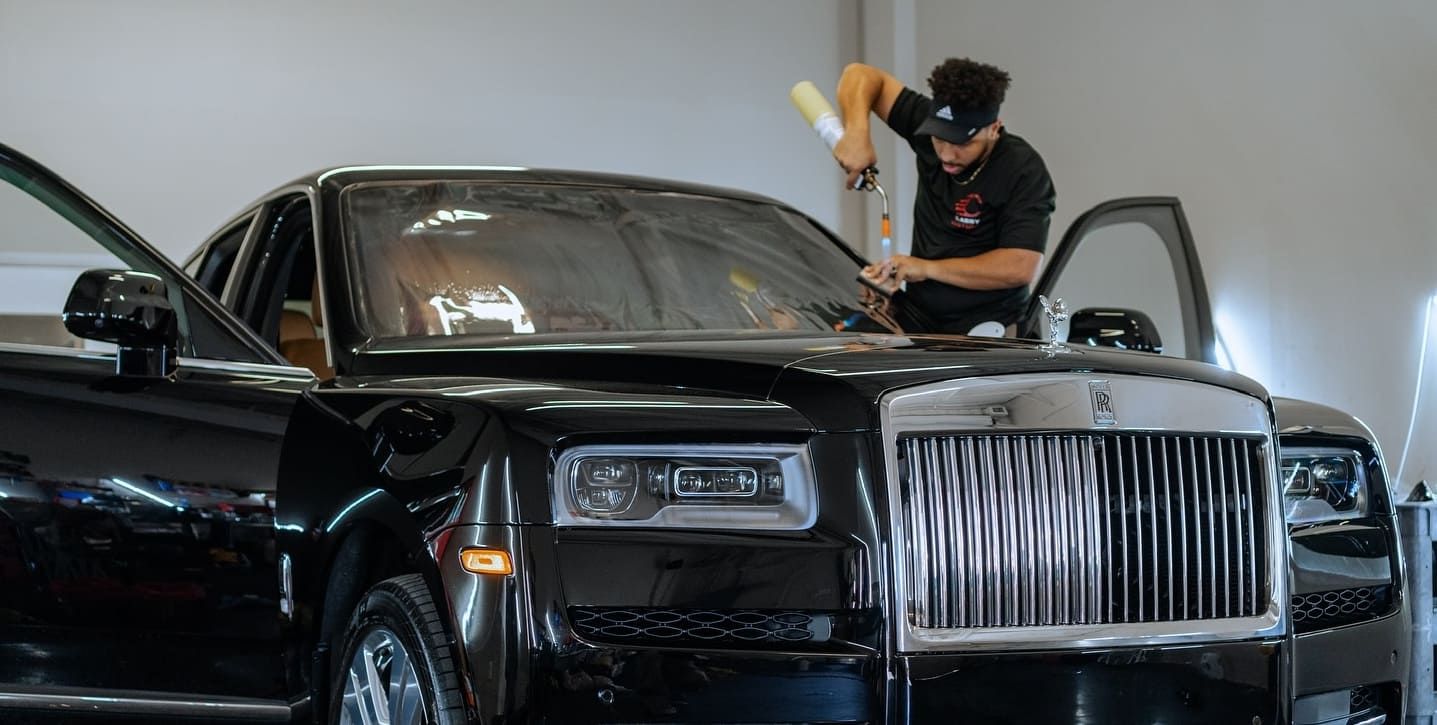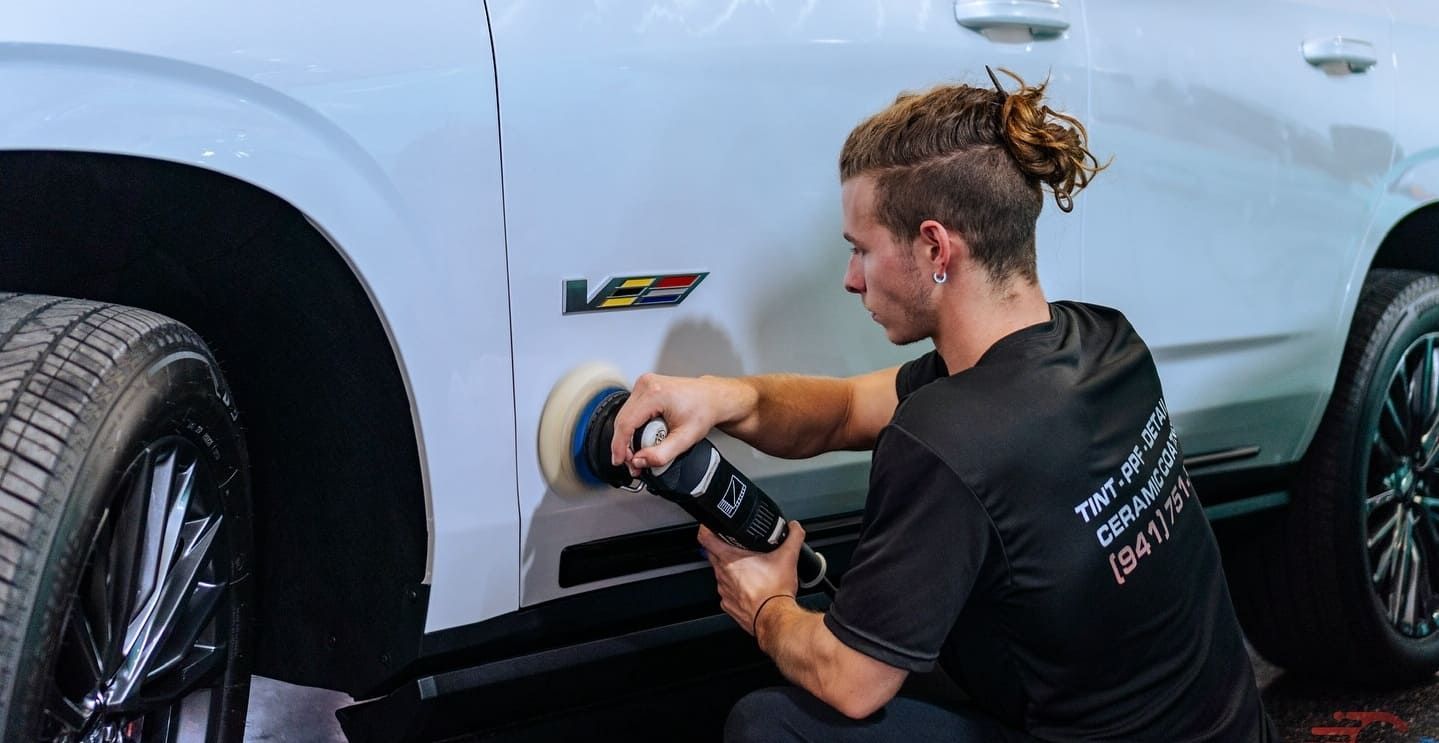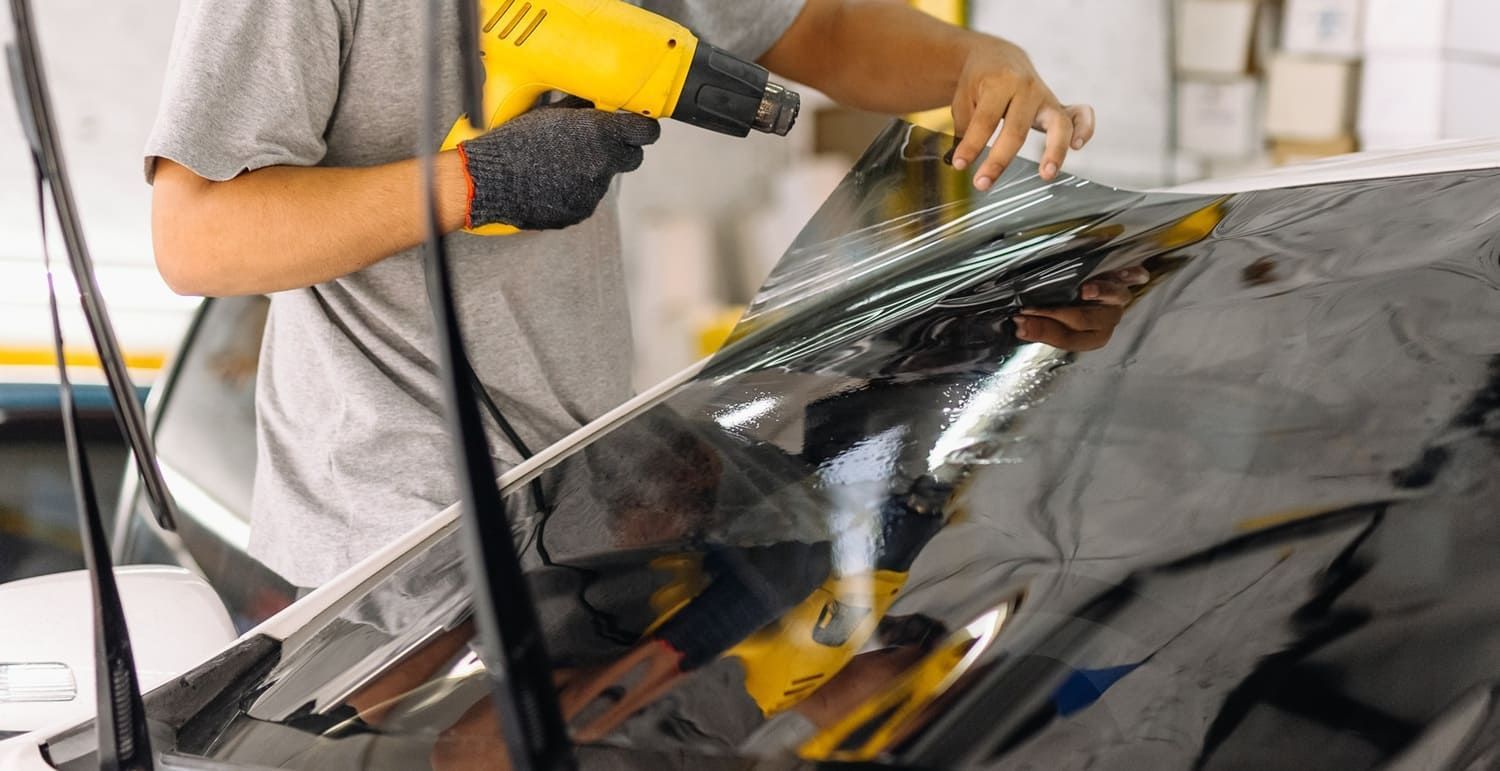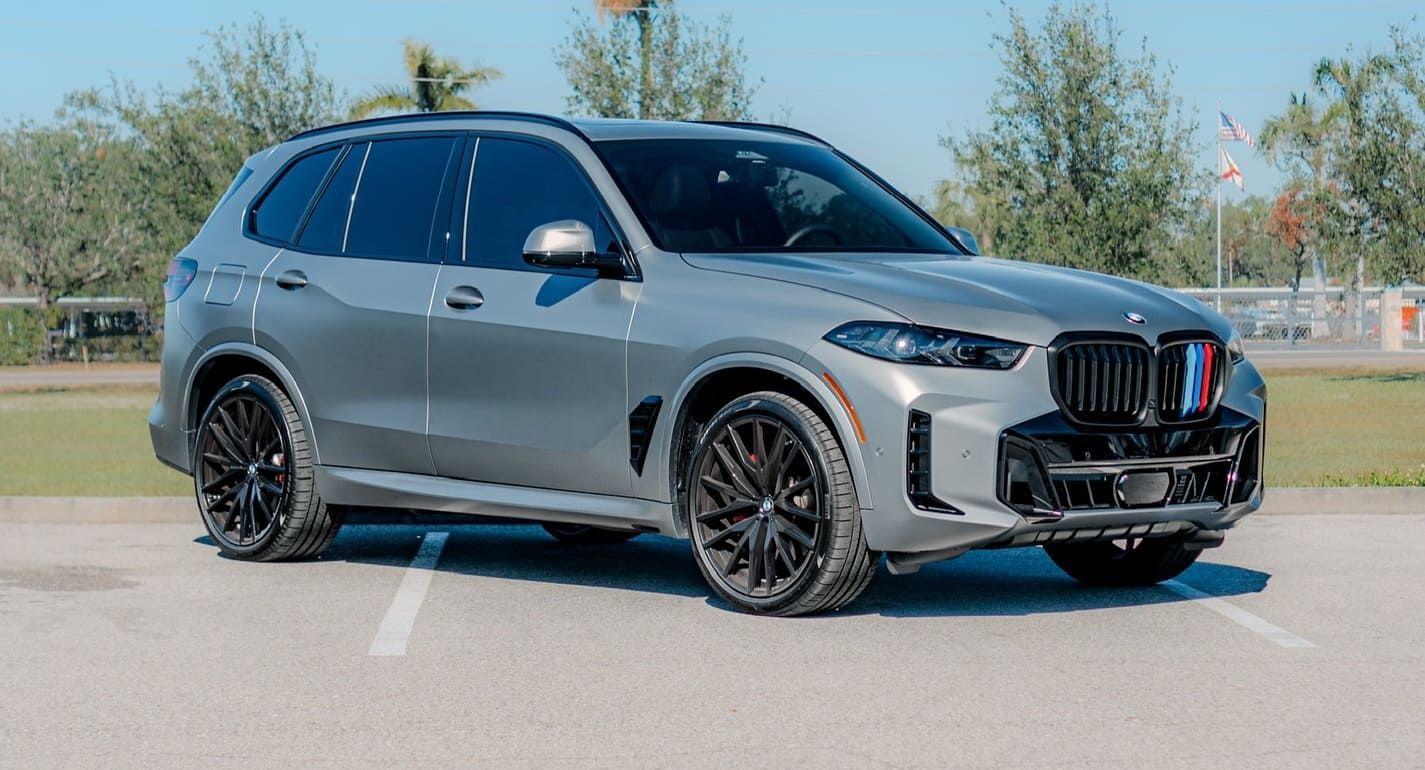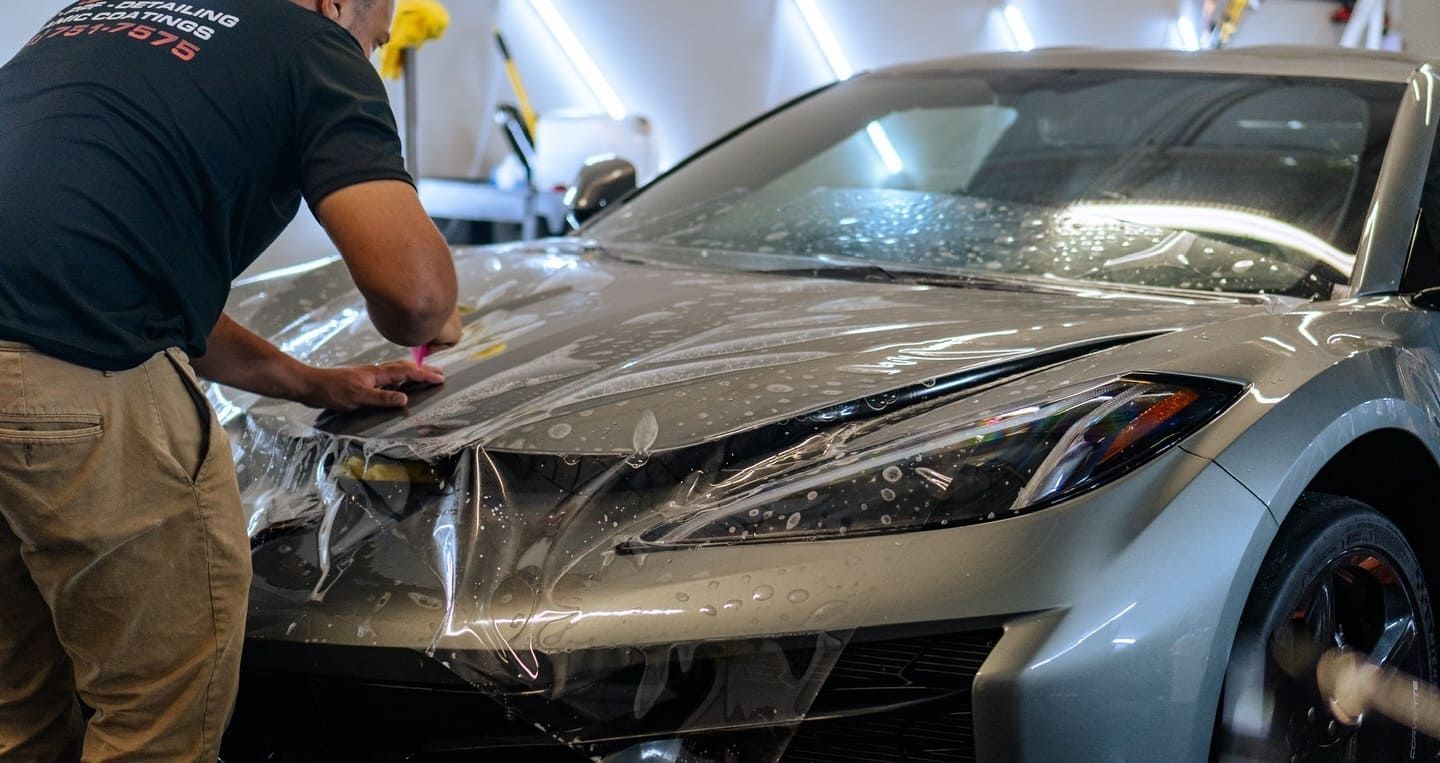PPF Maintenance Tips to Keep It Looking Flawless
Paint Protection Film (PPF) is a car owner's best friend. It shields your vehicle's paint from scratches, chips, and other damage. But like any protective layer, it needs care to stay effective.
Maintaining your PPF is crucial for keeping it looking flawless. Regular upkeep ensures it continues to protect your car's paint. Without proper care, the film can deteriorate, reducing its effectiveness.
Wondering how to maintain your PPF? You're in the right place. This guide will provide you with essential PPF maintenance tips. From washing techniques to product recommendations, we've got you covered.
Whether you're a car enthusiast or a casual owner, these tips will help. Keep your PPF in top condition and enjoy a pristine vehicle appearance.
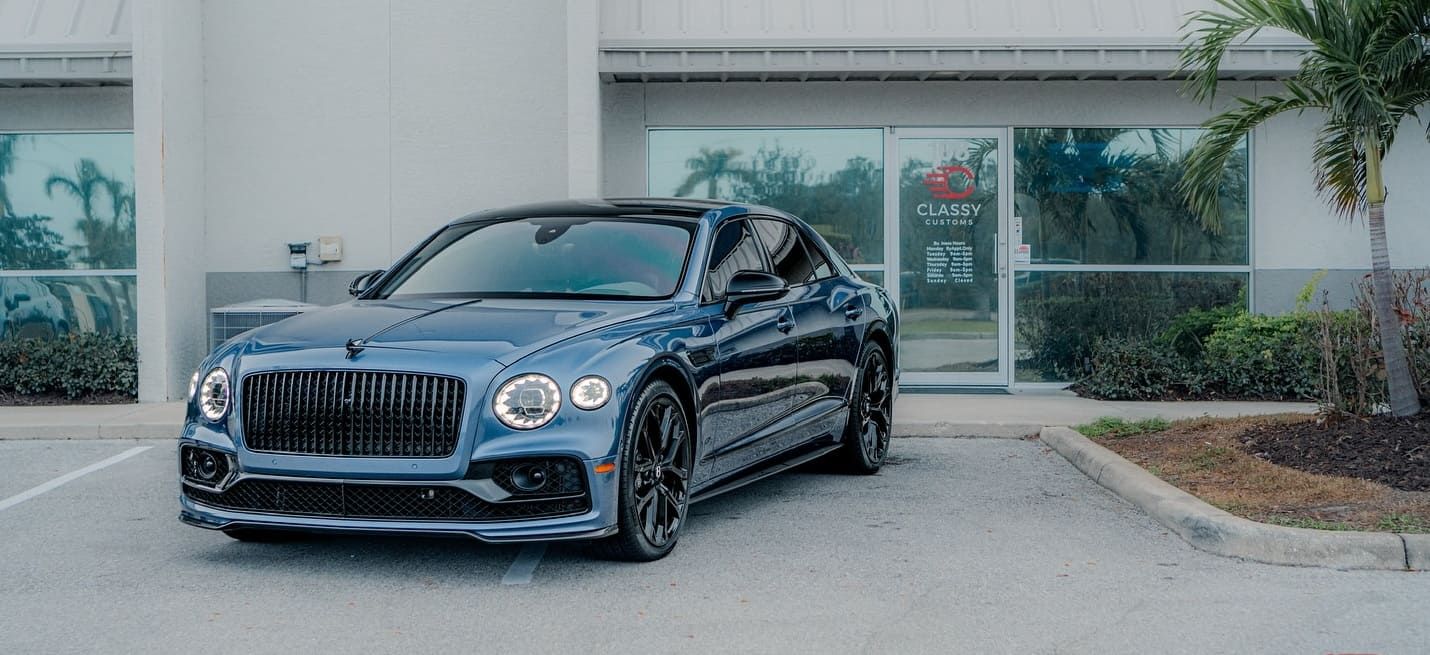
What Is PPF and Why Is Maintenance Important?
Paint Protection Film (PPF) is a transparent, durable film. It sticks to your car's paint to guard it against everyday hazards. Scratches, chips, and minor abrasions are no match for PPF.
The maintenance of PPF is a crucial aspect of its longevity. Without proper upkeep, the film can peel or become discolored. Regular care preserves its protective attributes and appearance.
A neglected PPF can lead to several issues. Discoloration and peeling are common signs of poor maintenance. Taking steps to prevent these ensures your PPF performs at its best.
Why should you care about maintaining PPF? Here are some key benefits:
- Extends the film's lifespan
- Keeps your vehicle looking new
- Protects your car's resale value
Understanding the importance of PPF maintenance is vital. With it, you'll ensure lasting protection for your vehicle's finish.
How to Wash Your PPF: Best Practices
Washing your PPF requires some care and attention. It’s not like washing regular car paint. Certain techniques ensure it stays in top condition.
Always opt for a pH-balanced car shampoo. This gentle cleanser won’t harm the PPF’s surface. Pair it with a soft microfiber cloth for the best results.
Hand washing is the safest method. Automatic car washes can risk damaging the film. The brushes and high pressure can cause peeling or scratching.
Here’s a simple washing checklist:
- Use a pH-balanced shampoo
- Wash with a soft cloth or sponge
- Avoid automatic car washes
- Rinse thoroughly to remove all soap
Rinsing is crucial to prevent soap residue from settling on the PPF. Soap remnants can lead to streaks or dullness if not removed. Ensure every soap bubble is washed away completely.
Ultimately, washing is more than just applying soap and water. It’s about preserving the quality and look of your PPF. Stick to these practices for impeccable results.
Drying and Preventing Water Spots
Drying your PPF is as important as washing it. Leaving water to dry naturally can cause spots. Water spots can mar the film’s appearance over time.
To avoid these spots, always dry your vehicle thoroughly. Use a soft, clean microfiber towel for best results. This tool helps absorb the water without scratching the surface.
Here are some tips for drying:
- Gently blot water with a microfiber towel
- Ensure no water drips are left behind
- Work in the shade to slow evaporation
Be thorough and patient when drying. Proper drying is essential to keep your PPF pristine and flawless for the long haul.
Regular Inspection and Early Damage Detection
Regular checks can prevent small problems from becoming big headaches. Inspect your PPF often to catch early signs of wear. This habit can extend the film’s life and protect your investment.
Look closely for common issues. This includes lifting edges, discoloration, or nicks. Addressing these promptly can stop further damage.
For effective inspection, remember to:
- Check edges for peeling
- Look for scratches or chips
- Notice any discoloration or yellowing
Perform these checks in good lighting for accuracy. Early detection is key to maintaining the PPF's appearance and effectiveness. Your proactive approach will pay off in the long run.
Dealing with Contaminants: Bird Droppings, Sap, and Bugs
Contaminants like bird droppings, sap, and bugs can damage your PPF if left unchecked. These substances are acidic or sticky and can cause stains or etching. It's crucial to address them as soon as possible to preserve the film's appearance.
For effective cleaning, start with a gentle approach. Use a soft microfiber cloth and a PPF-specific cleaner to remove these unwanted elements. Patience and care are essential to avoid further harm to the film.
To handle these contaminants effectively:
- Act quickly to prevent long-term damage
- Use PPF-safe cleaning products
- Employ a gentle wiping method
Regular cleaning habits will ensure these contaminants don't have a chance to degrade your PPF. A little attention now can save a lot of effort later.
Choosing the Right Products for PPF Care
Selecting the correct products is vital for effective PPF care. Not all cleaning agents are suitable for this sensitive material. Using the wrong product could damage the film, affecting both its look and durability.
Look for pH-balanced shampoos designed for car surfaces. These are gentle on PPF and won't break down the adhesive. Avoid abrasive cleaners as they can scratch or dull the film's surface.
When choosing detailing products:
- Opt for those labeled PPF-safe
- Steer clear of ammonia-based cleaners
- Choose waxes and sprays specifically made for use with PPF
Reading product labels is essential. Ensure each product aligns with PPF care requirements. This attention to detail will keep your PPF looking fresh and flawless. Proper product selection is a cornerstone of long-term maintenance.
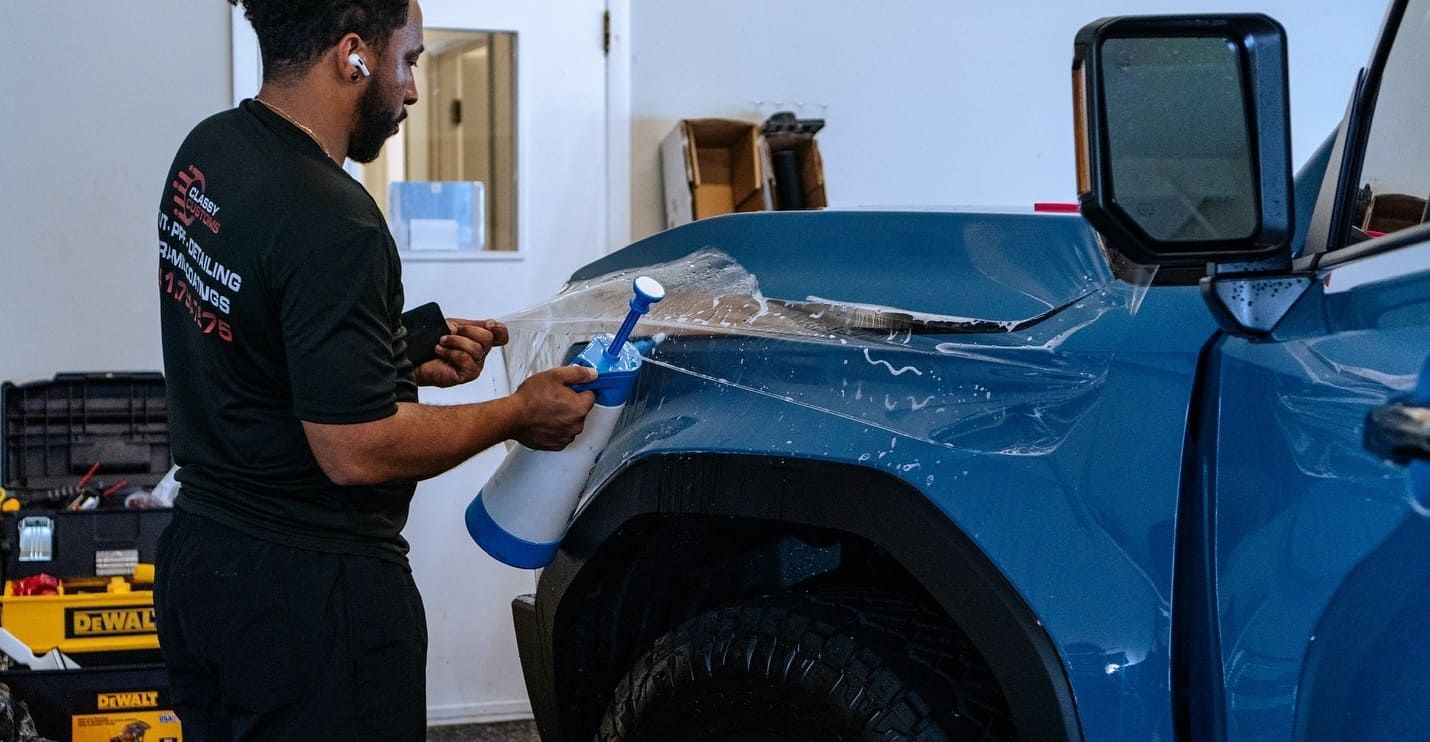
Environmental Factors and Storage Tips
Environmental conditions can greatly impact PPF longevity. Exposure to elements like sun, rain, and pollution can degrade the film over time. Proper storage is essential to mitigate these effects.
Keeping your vehicle in a garage is ideal. This reduces exposure to harmful UV rays. If a garage isn't available, consider using a high-quality car cover for protection.
To optimize PPF protection:
- Avoid parking under trees with dropping sap
- Keep the vehicle sheltered from harsh weather
- Use a UV protectant spray regularly
Storing your car in a stable environment helps maintain the integrity of the PPF. This simple step ensures longer-lasting shine and protection for your vehicle.
Advanced Protection: Ceramic Coatings and UV Sealants
Adding layers of protection can significantly enhance the durability of your PPF. Ceramic coatings are a popular choice to complement PPF. They create a hardened layer that further shields the film from scratches and stains.
Another effective option is using UV sealants. These protect against damaging sun rays, which can cause the PPF to degrade or discolor. They form a protective barrier that enhances the life of the film.
Consider these advanced protection measures:
- Apply a ceramic coating over the PPF for scratch resistance
- Use a UV sealant to prevent sun damage
- Regularly reapply coatings for continuous protection
These methods, when used thoughtfully, can extend the lifespan of your PPF. They are worth considering for anyone invested in maintaining their vehicle’s appearance.
What to Avoid: Common Mistakes in PPF Maintenance
Maintaining PPF requires care to prevent inadvertent damage. Many owners unknowingly make mistakes that can harm their film. Avoiding these can save time and money.
Common Mistakes to Avoid:
- Using harsh chemicals not meant for PPF
- Applying wax or polish within the first month of installation
- Using high-pressure washers near PPF edges
These mistakes can lead to peeling or discoloration. Moreover, avoid parking in direct sunlight for extended periods. Sun exposure without UV protection accelerates wear.
Proper PPF care involves avoiding these common pitfalls. Learning from others' errors helps ensure your PPF remains pristine.
Professional Maintenance and When to Seek Help
While regular DIY care is essential for PPF, professional maintenance can provide additional benefits. Experts use specialized tools and products to enhance film protection.
When to Seek Professional Help:
- Persistent discoloration or yellowing
- Severe scratches or damage
- Signs of film lifting or peeling
Professional service can revitalize PPF and address problems early. They can also offer peace of mind, ensuring your vehicle looks its best. Seeking help at the right time prolongs film life. It's a valuable investment for maintaining your vehicle's pristine appearance.
Keeping a Maintenance Schedule and Warranty Considerations
Establishing a consistent maintenance routine is vital for PPF longevity. Regular checks help detect issues early, preventing costly repairs later. Maintaining a schedule keeps your vehicle's appearance flawless.
Key Considerations:
- Follow the manufacturer's maintenance guidelines
- Record all cleaning and inspections
- Check warranty terms for maintenance requirements
Adhering to warranty terms ensures support if problems arise. Keep records of all care and repairs for potential claims. Regular attention helps you fully leverage your warranty and protect your investment.
Frequently Asked Questions About PPF Care
Many car owners have questions about maintaining their PPF. Understanding key aspects can simplify the process and enhance results. Here are some common queries.
Can I polish my PPF?
Use only PPF-safe polishes to avoid damage.
How often should I wash it?
Regular washing, ideally monthly, is recommended.
What if the PPF yellows?
Consult a professional for potential replacement.
How soon can I wash my car after PPF installation?
It’s best to wait at least 7 days before washing your car to allow the adhesive behind the film to fully cure. Washing too early can interfere with adhesion and may cause lifting or edge bubbling.
What’s the safest way to clean my car’s PPF?
Use a pH-neutral car shampoo, a soft microfiber mitt, and gentle handwashing methods. Avoid pressure washers near the film’s edges, as high pressure can lift the film over time.
Can I use wax or ceramic coatings on PPF?
Yes, but only use PPF-safe waxes or ceramic coatings. These add an extra hydrophobic layer and make cleaning easier, but be sure they’re compatible with the film to avoid discoloration or residue buildup.
How do I remove bird droppings, sap, or bugs from PPF?
Clean contaminants as soon as possible using warm water and a gentle automotive cleaner. Let it soak to loosen the debris—never scrape it off, as this can scratch or damage the film’s surface.
Will the PPF yellow or peel over time?
Quality PPF, like SunTek Paint Protection Film, is designed to resist yellowing and peeling. However, proper care—like avoiding harsh chemicals and prolonged UV exposure—helps maintain its clarity and longevity.
Can I polish or buff my PPF film?
Light polishing is possible with PPF-safe products, but aggressive compounds or high-speed buffers should be avoided. If unsure, consult a professional detailer who has experience with paint protection film.
How often should I inspect or maintain my PPF?
Do a visual check every few months for signs of lifting or damage. Routine hand washing and occasional professional detailing will keep your film looking flawless. At Classy Customs, we also offer PPF maintenance consultations and reapplication services—call (941) 751-7575 to schedule yours today.
If you encounter unusual issues with your PPF, consulting an expert can provide tailored solutions. Keeping informed helps maintain your vehicle's pristine condition longer.
Conclusion: Maximize the Life and Look of Your PPF
Proper maintenance is key to maximizing the durability and appearance of your Paint Protection Film. By following simple PPF care routines, you can enjoy long-lasting protection and a flawless finish.
Regular inspection and the use of appropriate products will prevent damage and maintain the PPF's integrity. By investing time in maintenance, you not only protect your vehicle but also ensure that it remains beautiful and shielded from environmental hazards.
At Classy Customs, the best PPF installers serving Sarasota, FL, we help you protect your investment with expert care and precision. Contact us today for your free estimate!

